Growing your own exotic fruits at home is an exciting way to add rare flavors to your garden. Many of these fruits offer unique tastes that are hard to find in stores. With just a bit of care, you can cultivate them right in your backyard or indoors. These rare fruits can thrive in various climates and spaces. If you’re looking for something different, these exotic options are a perfect choice.
Jabuticaba
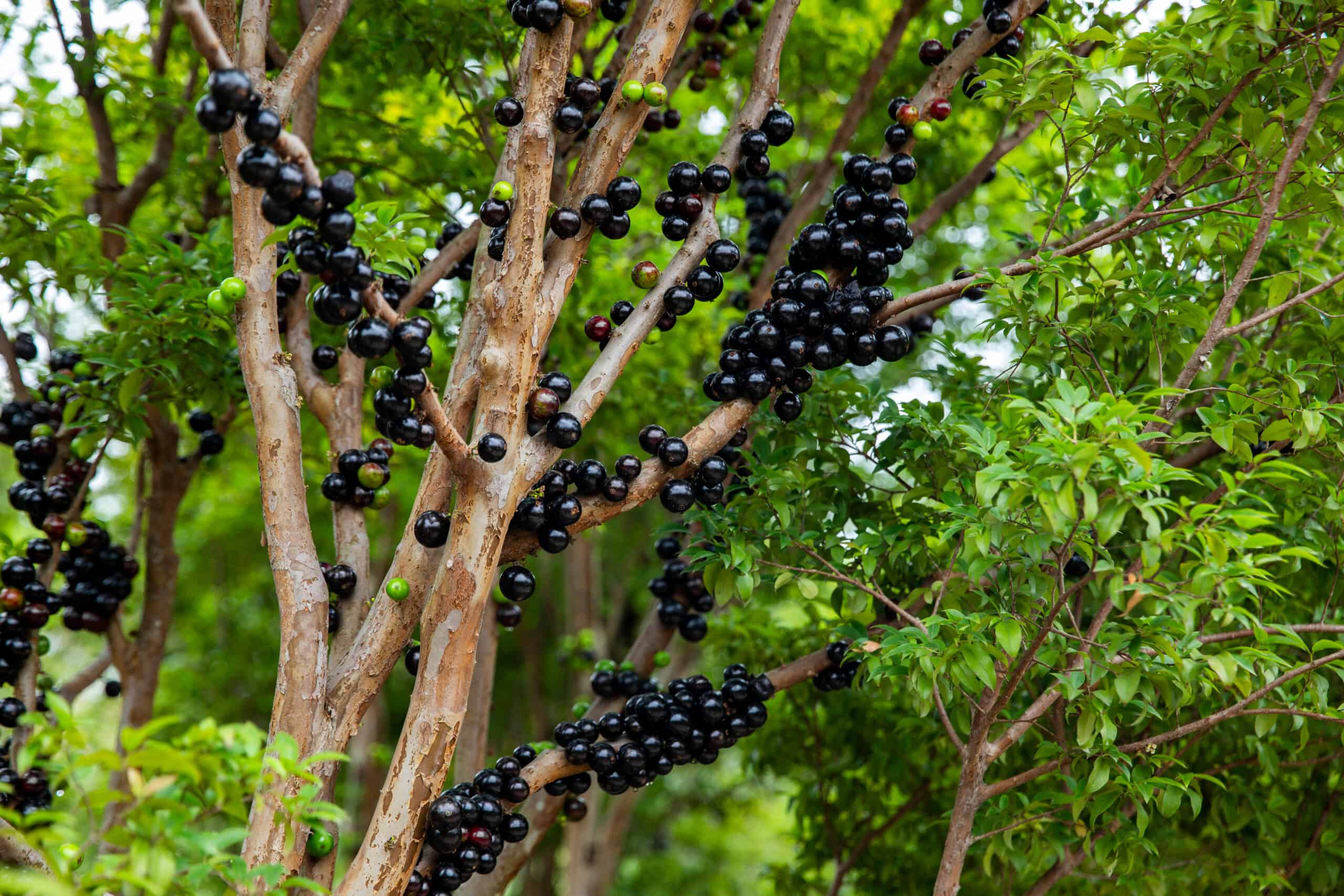
Jabuticaba is a unique fruit from Brazil. It grows directly on the trunk of the tree, making it look like the bark is covered in dark grapes. The fruit has a sweet, grape-like flavor with a tart twist. It can be eaten fresh or made into jellies and wines. This slow-growing tree can be grown in containers, making it a great option for small spaces.
Dragon Fruit
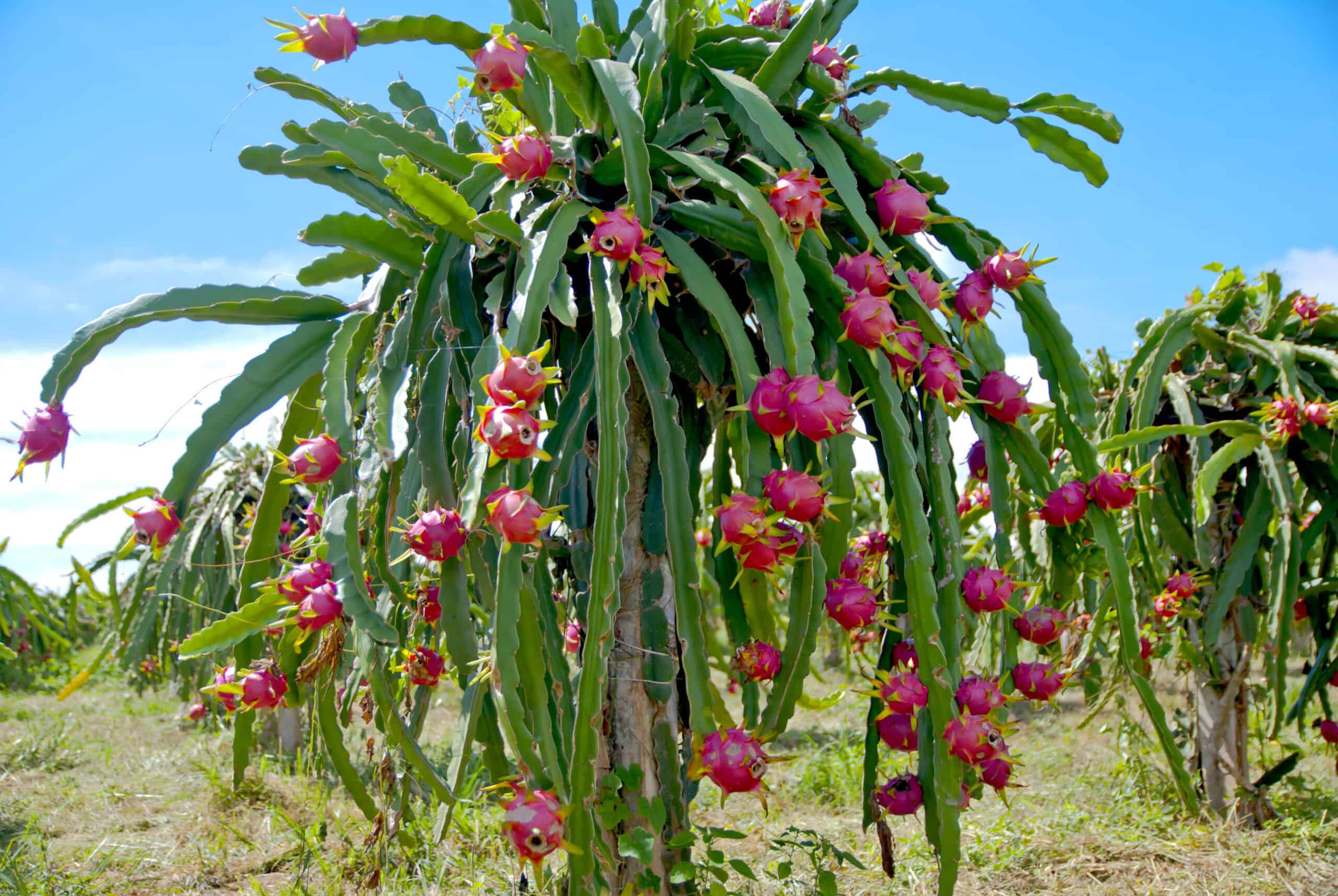
Dragon fruit is visually stunning with its vibrant pink or yellow skin and speckled white or red flesh. This cactus fruit is mildly sweet, with a flavor resembling a mix of kiwi and pear. It’s also rich in antioxidants and fiber. The plant thrives in warm climates and can even grow indoors with sufficient light. Dragon fruit is also known for its beautiful, large flowers that bloom at night.
Miracle Berry
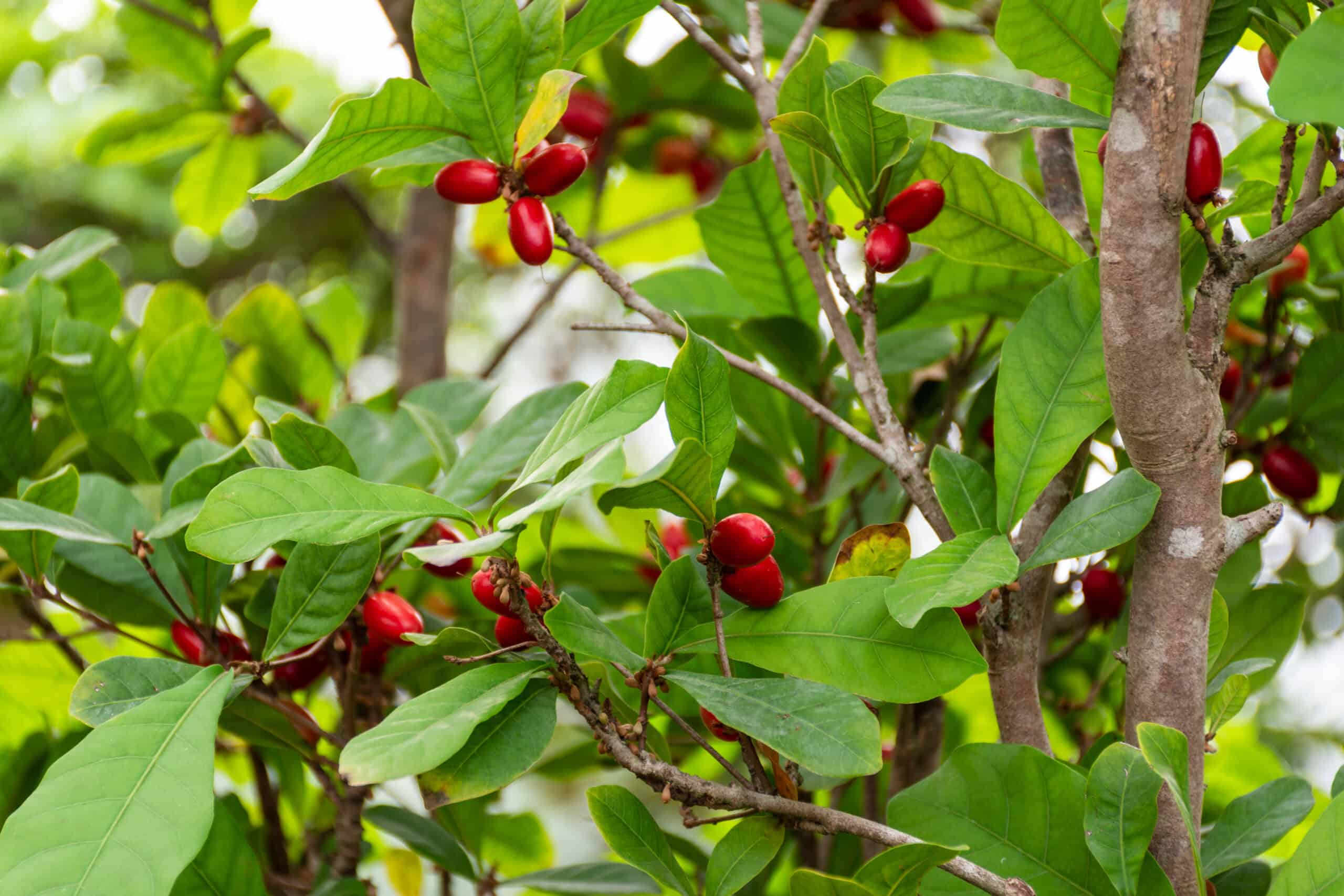
The miracle berry is famous for its ability to change sour flavors into sweet ones. When eaten, it alters taste perception, making acidic foods taste sweet. The small, bright red berry grows on a shrub that can thrive in pots. It requires warm temperatures and prefers slightly acidic soil. The plant is slow to fruit, but the berries offer a fascinating and fun culinary experience.
Pepino Melon
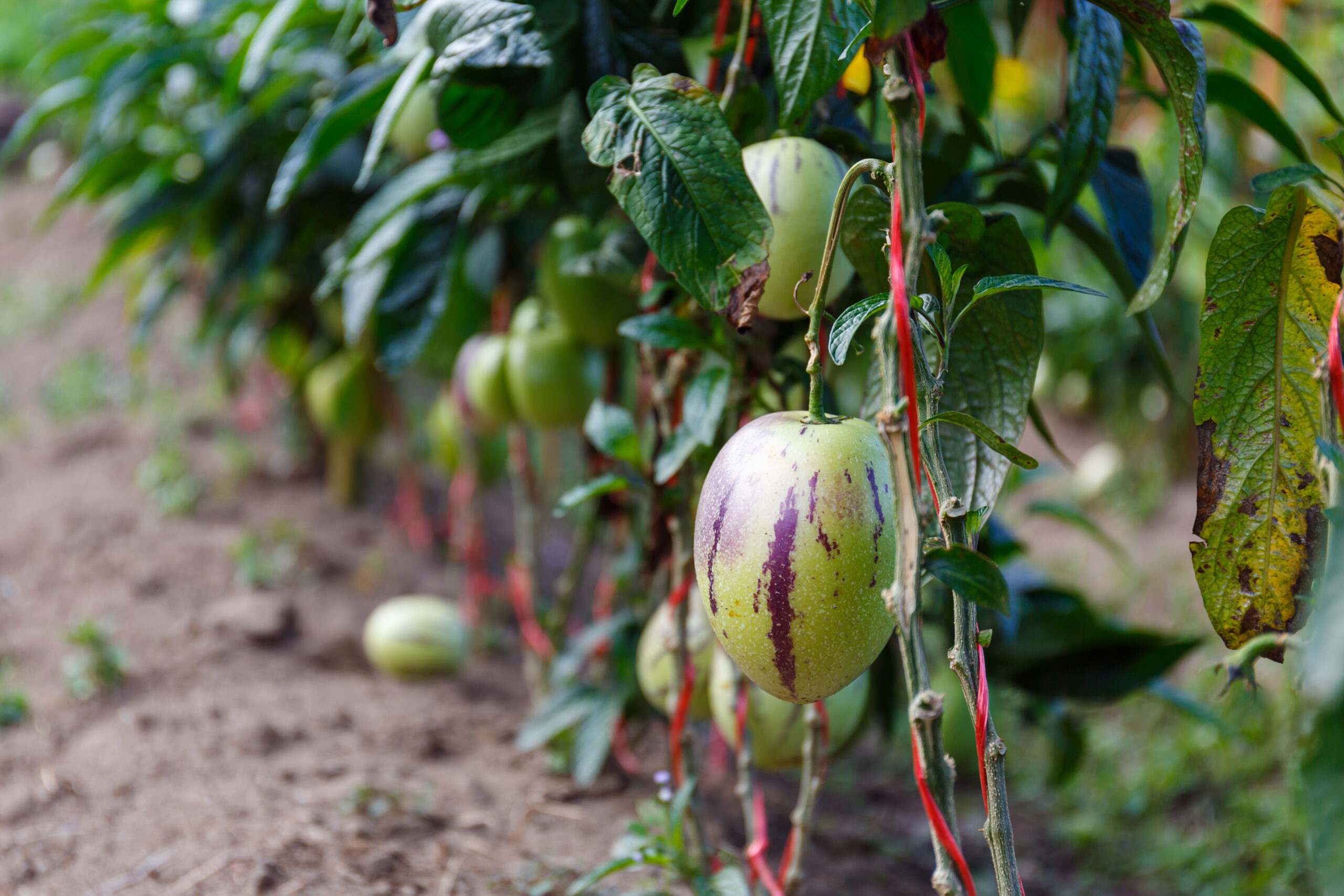
Pepino melon is a small, smooth-skinned fruit with a taste similar to a mix of cucumber and cantaloupe. It’s easy to grow in containers and thrives in warm climates. The plant produces fragrant, yellowish fruits with purple streaks. It’s low maintenance and can yield fruit within months of planting. Pepino melon plants enjoy full sun but also need protection from frost.
Buddha’s Hand
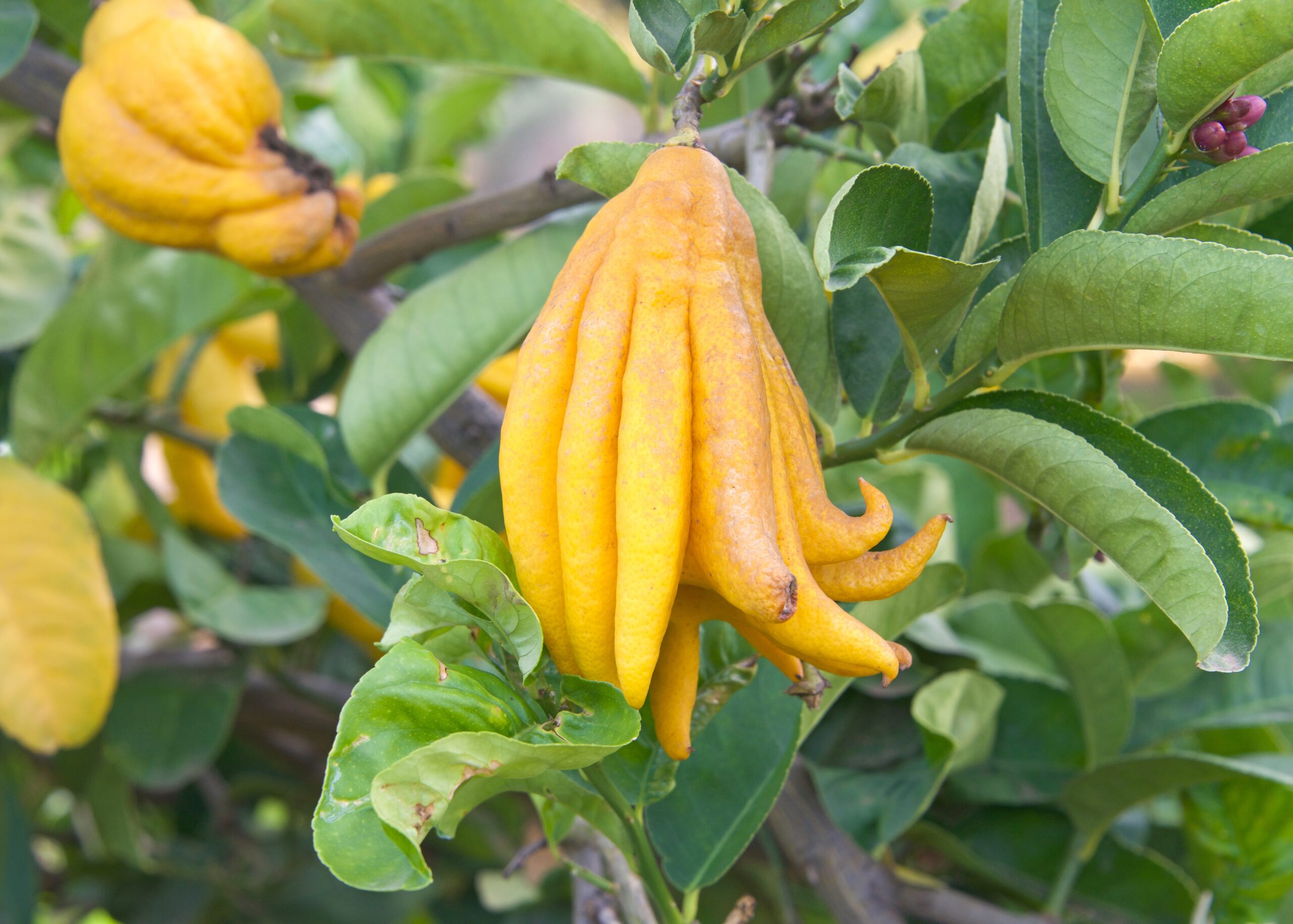
Buddha’s Hand is one of the most exotic fruits you can grow. Shaped like a yellow, multi-fingered hand, it’s prized for its aromatic rind. Unlike other citrus fruits, it lacks juicy pulp, but its zest is perfect for infusing flavor into dishes or drinks. The tree is well-suited to pots and can be grown indoors with proper sunlight. It prefers well-drained soil and regular watering.
Salak (Snake Fruit)
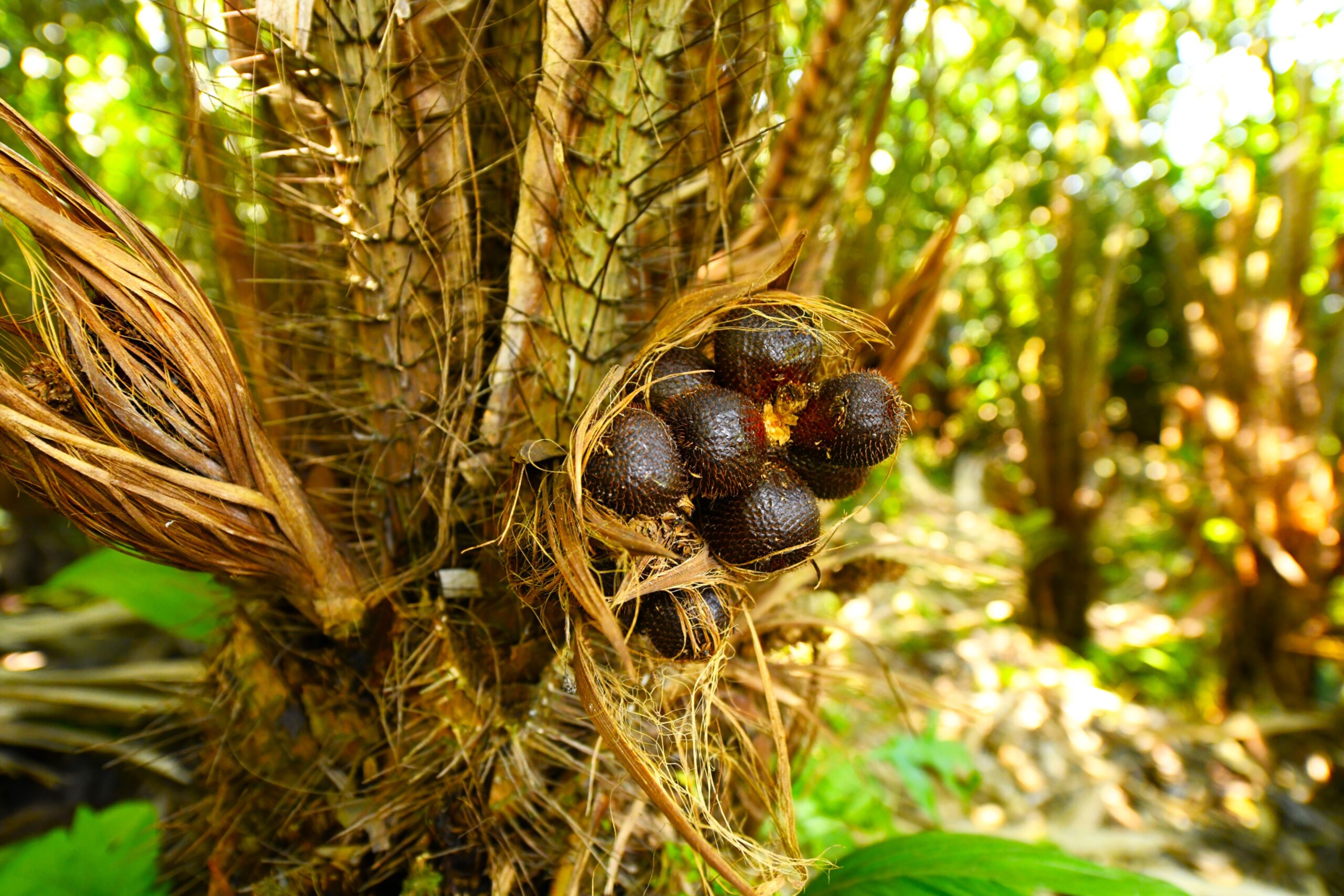
Salak, or snake fruit, gets its name from its scaly, reddish-brown skin. The fruit is small, with a taste that’s sweet and tangy, often compared to a blend of apple and pineapple. Salak trees are compact and grow well in pots. The plants need plenty of sunlight and thrive in humid environments. Despite its tough appearance, the flesh is tender and juicy.
Cherimoya
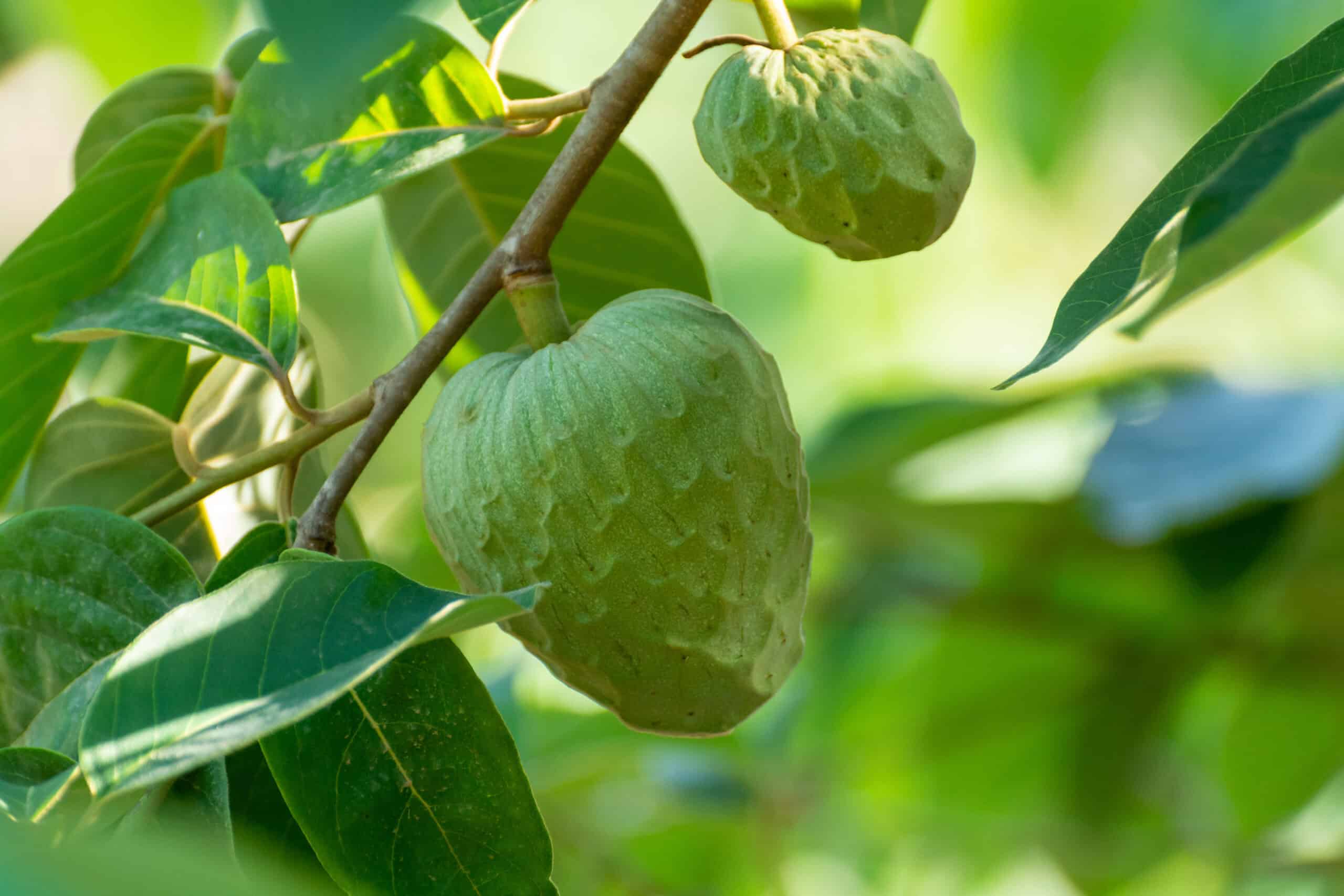
Cherimoya is a tropical fruit known for its creamy, custard-like texture. Its sweet flavor has hints of banana, pineapple, and strawberry. The heart-shaped fruit grows on a small tree that can be cultivated in warm climates or indoors in cooler regions. It requires well-drained soil and moderate watering. Cherimoya trees can also be pruned to stay small, making them perfect for home gardens.
Sapodilla
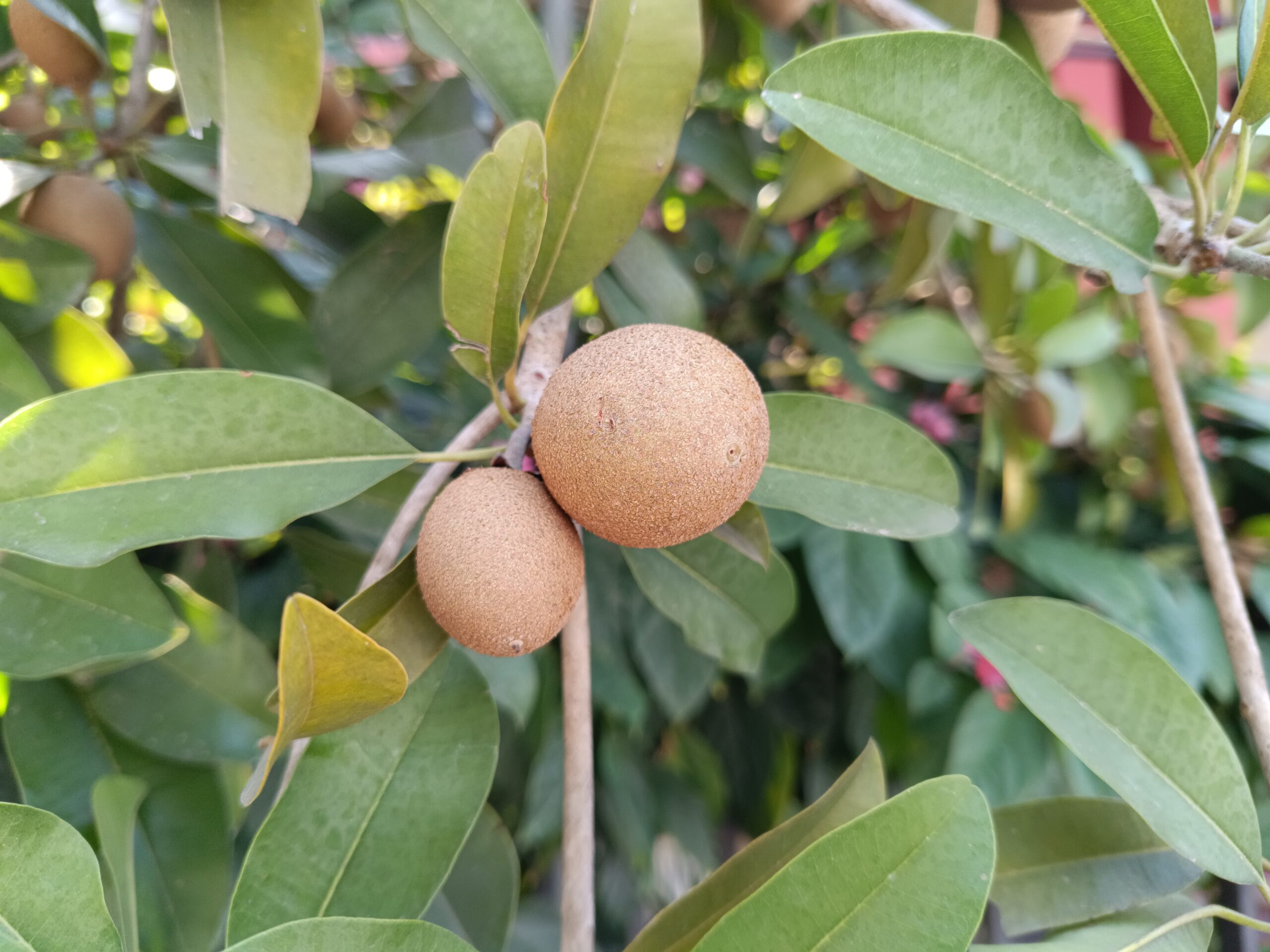
Sapodilla is a round, brown fruit with a sweet, malty flavor. The taste is often compared to caramel or brown sugar. It grows on an evergreen tree that’s adaptable to various climates. The tree can be grown in large containers and prefers full sun and well-drained soil. Sapodilla fruits are rich in vitamins and can be eaten fresh or used in desserts.
Pineberry
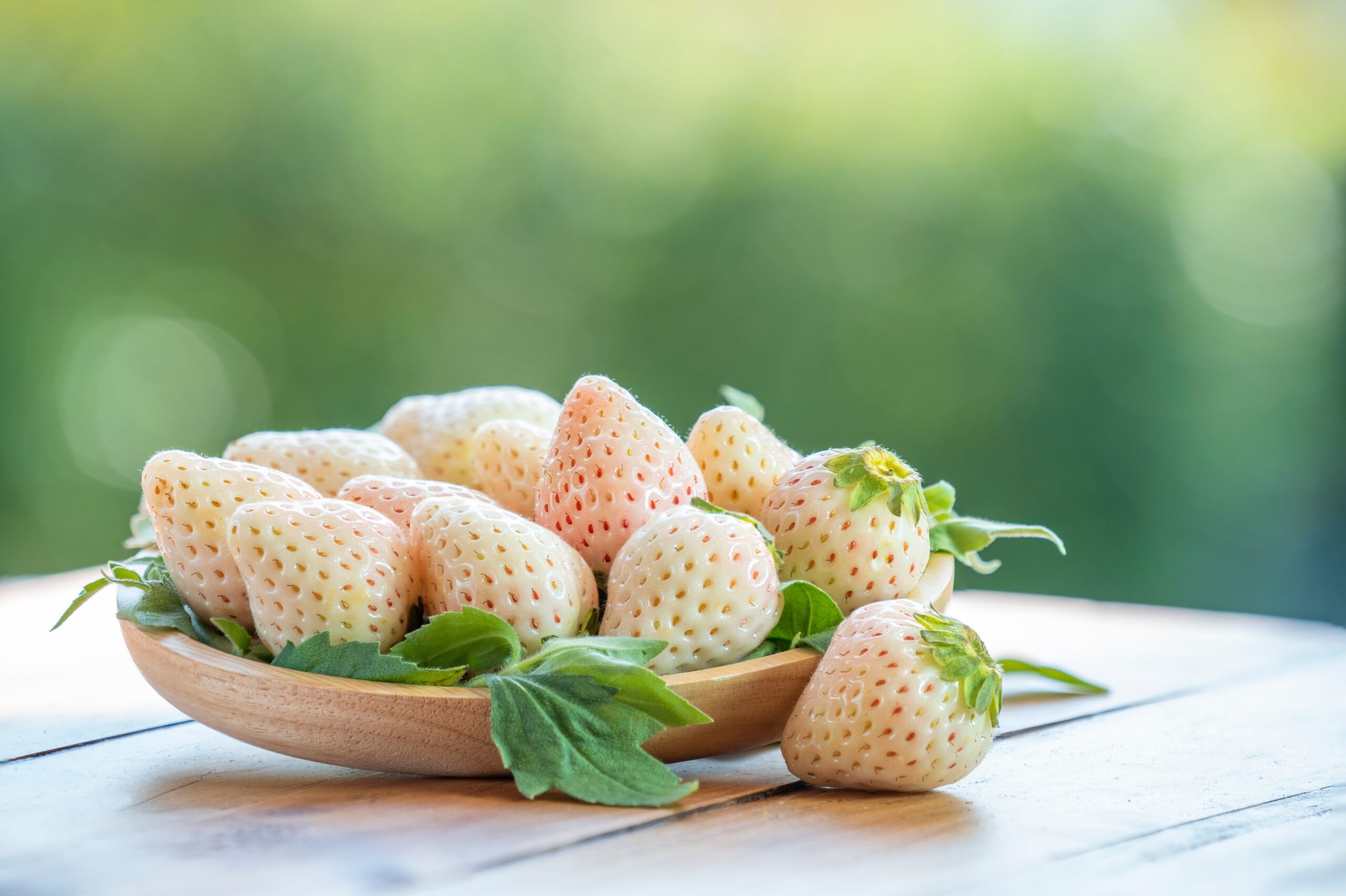
Pineberry is a small, white strawberry with red seeds. Its unique flavor combines the sweetness of strawberries with a subtle pineapple taste. The plant is easy to grow and thrives in similar conditions to traditional strawberries. Pineberries prefer full sun and well-drained soil. They’re a delightful addition to any garden, offering a surprising twist on the classic strawberry.
Mangosteen
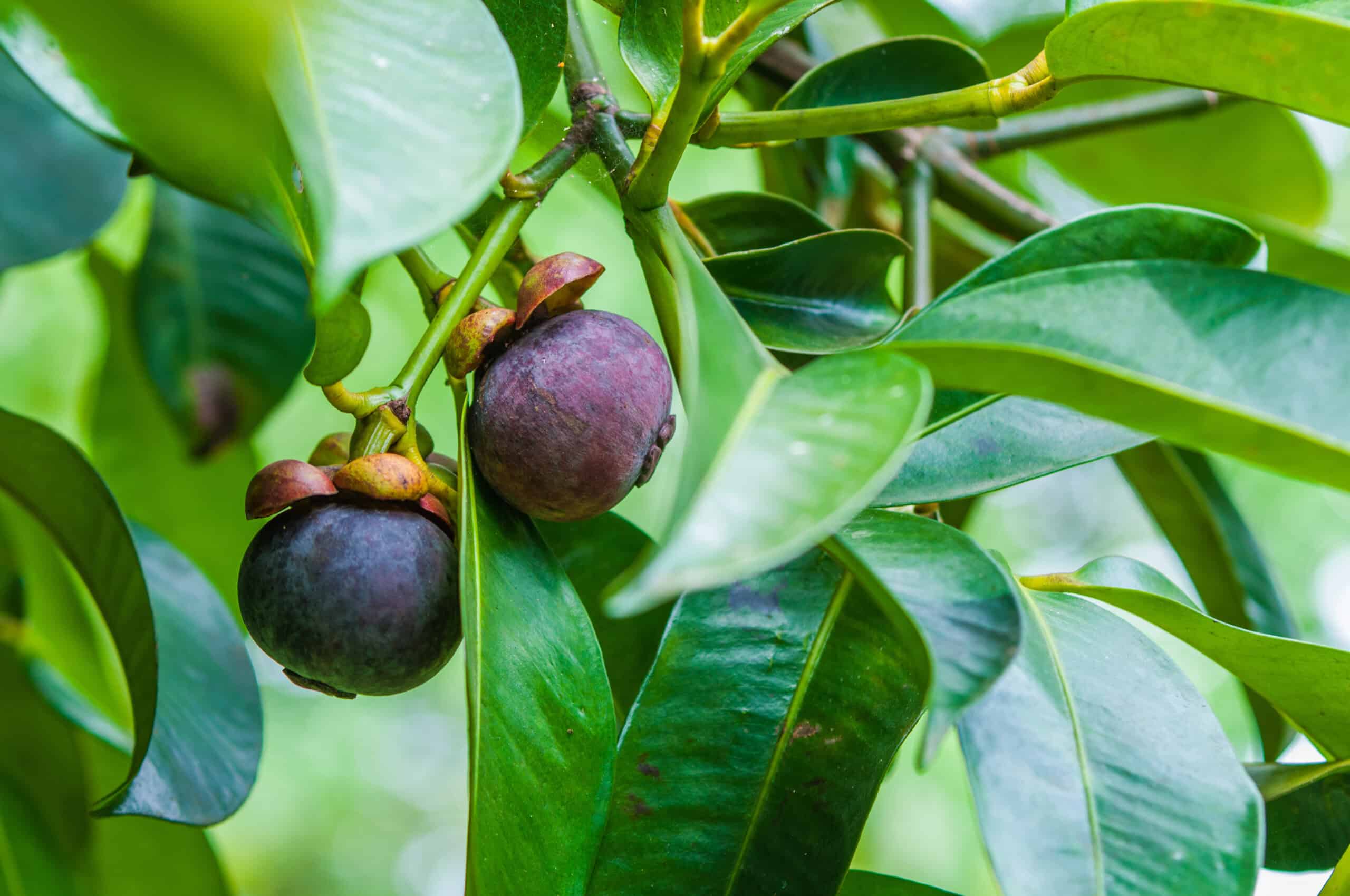
Mangosteen is often hailed as the “queen of fruits” for its rich, sweet flavor. Its thick, purple rind protects the juicy, white flesh inside. The taste is a unique blend of tangy and sweet, often compared to a mix of peach and pineapple. Growing mangosteen requires warm, tropical climates and well-drained soil. The tree can take several years to bear fruit, but the reward is worth the wait.
Passionfruit
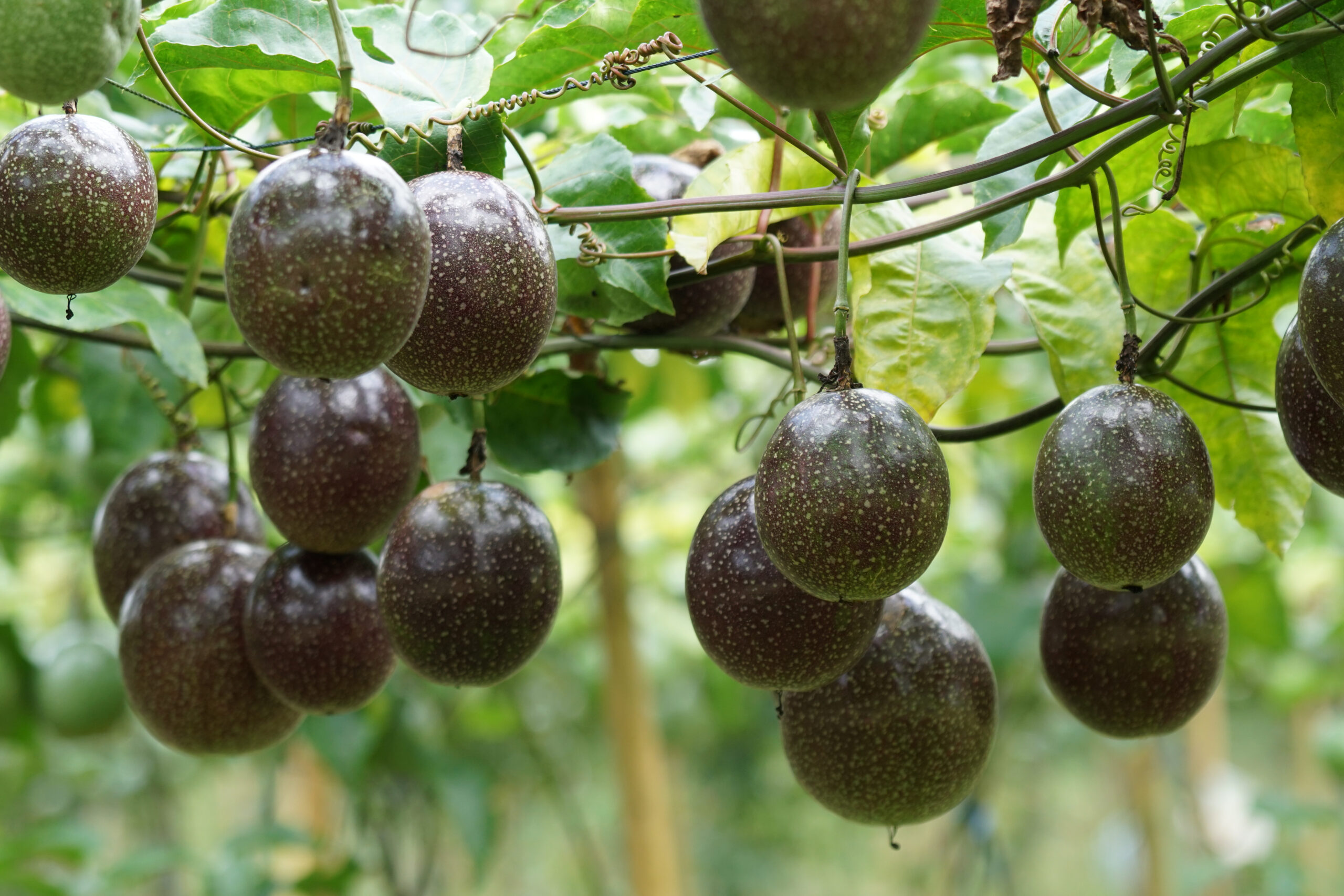
Passionfruit vines produce round, purple or yellow fruits packed with seeds and juicy pulp. The flavor is a blend of tart and sweet, ideal for juices, desserts, or eating fresh. These vines thrive in warm climates and need sturdy support for climbing. Passionfruit grows quickly and can start producing within a year, making it a great choice for impatient gardeners.
Finger Lime
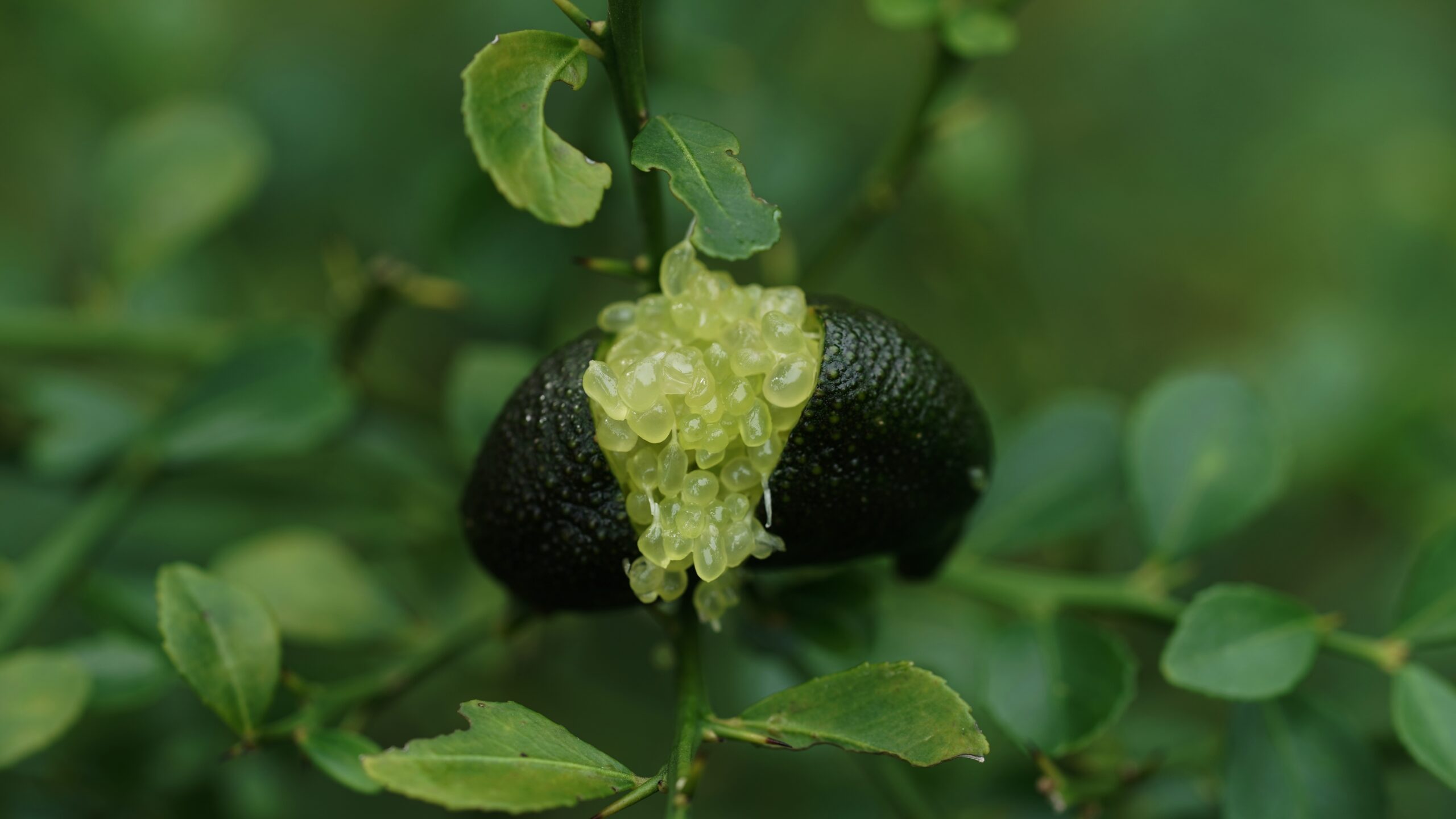
Finger limes are often called “citrus caviar” because of their tiny, bead-like pulp. The taste is a sharp, tangy citrus burst, perfect for garnishing or adding to drinks. These small, thorny trees prefer a warm, sunny spot and well-drained soil. They are relatively easy to care for and can produce fruit in a few years, offering a unique citrus experience.
Loquat
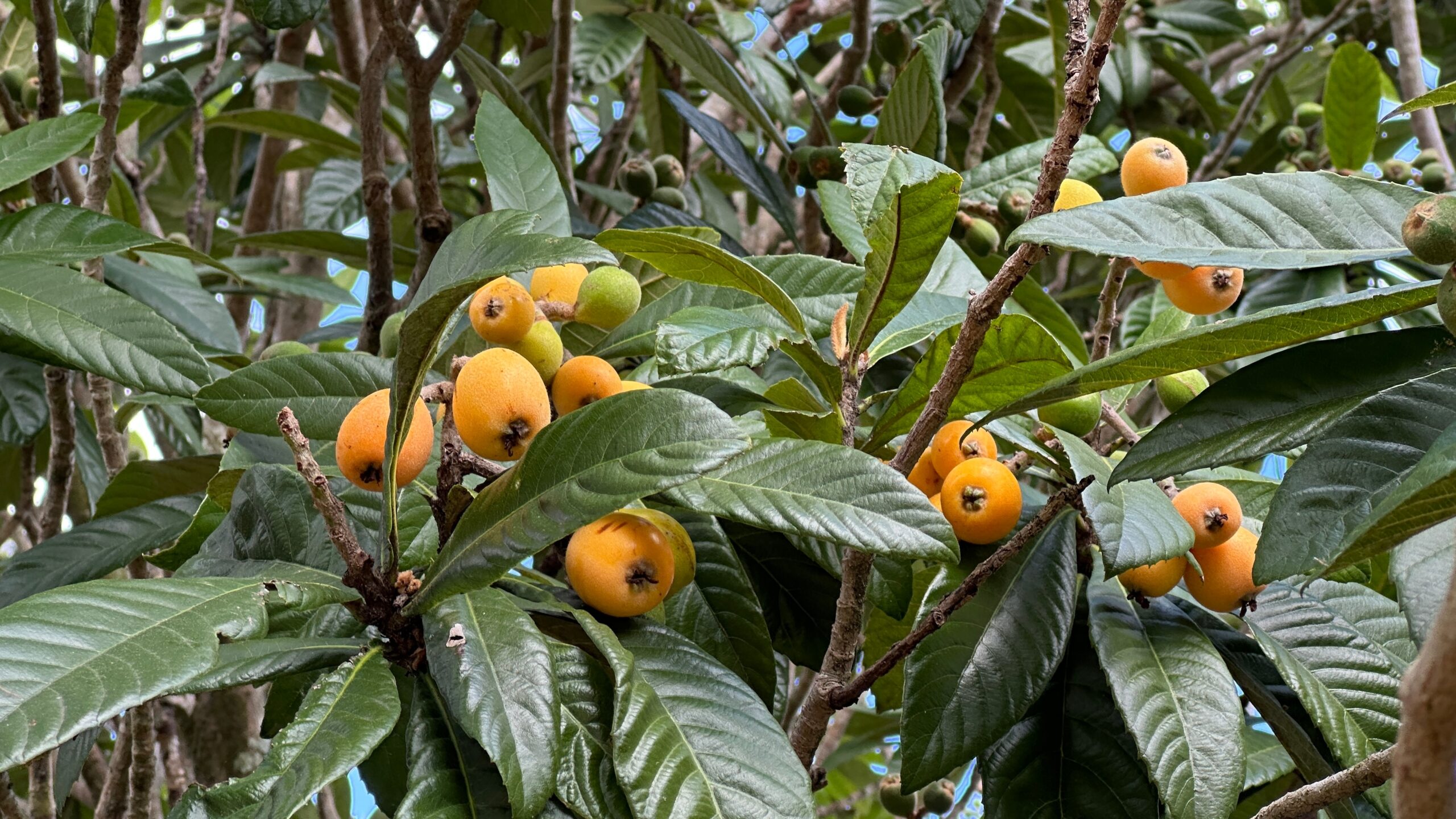
Loquats are small, golden fruits with a flavor similar to apricot and citrus. The tree is evergreen and produces fragrant flowers before fruiting. Loquats prefer warm climates and well-drained soil, thriving in full sun. The fruit is often eaten fresh, or used in jams and desserts, making it a versatile addition to your garden.
Kumquat
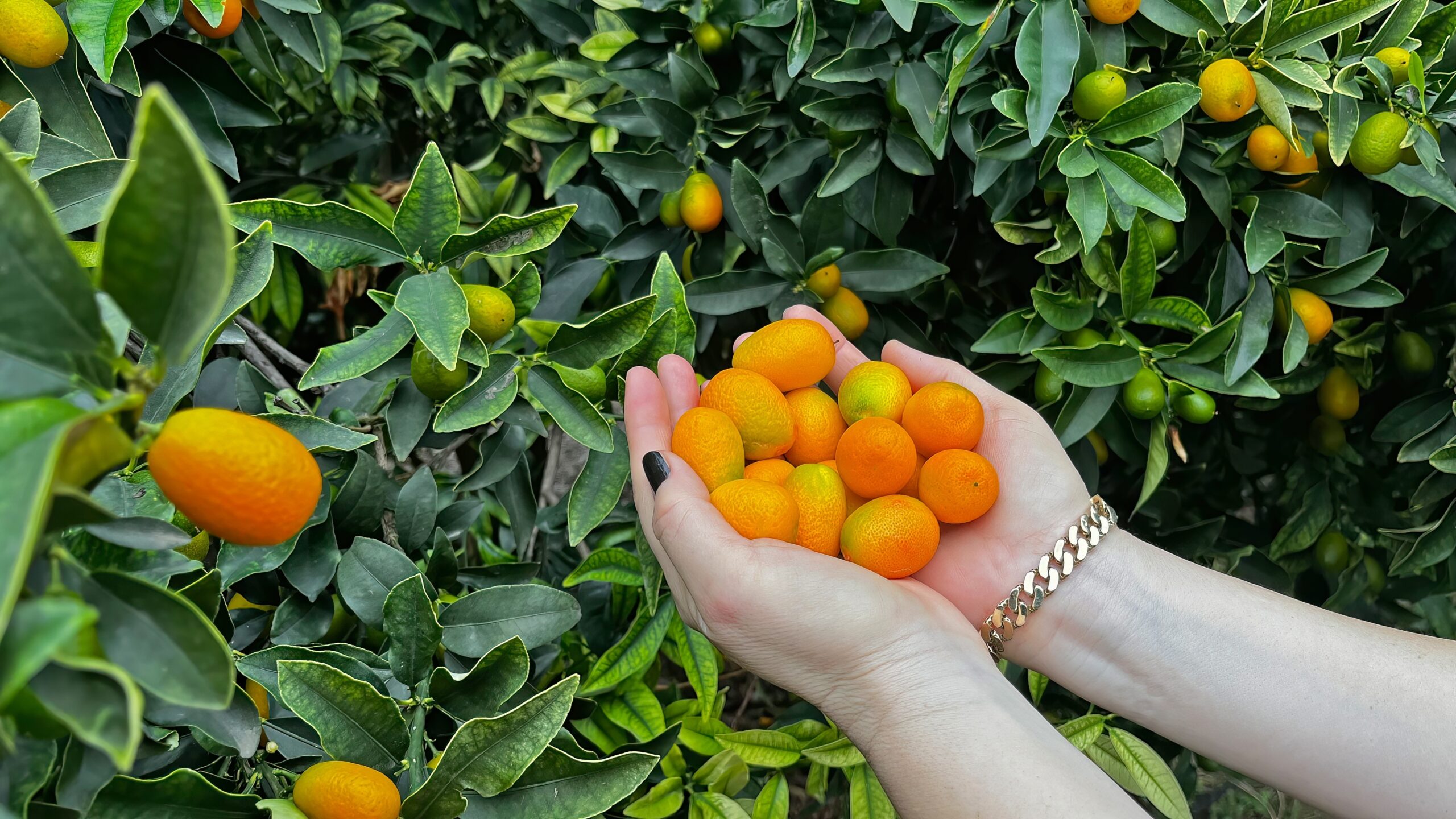
Kumquats are small, oval citrus fruits that are eaten whole, including the skin. The skin is sweet while the flesh inside is tart, creating a unique flavor balance. These trees are hardy and can tolerate cooler temperatures than most citrus varieties. They do best in full sun and well-drained soil, making them a great choice for home gardeners.
Rambutan
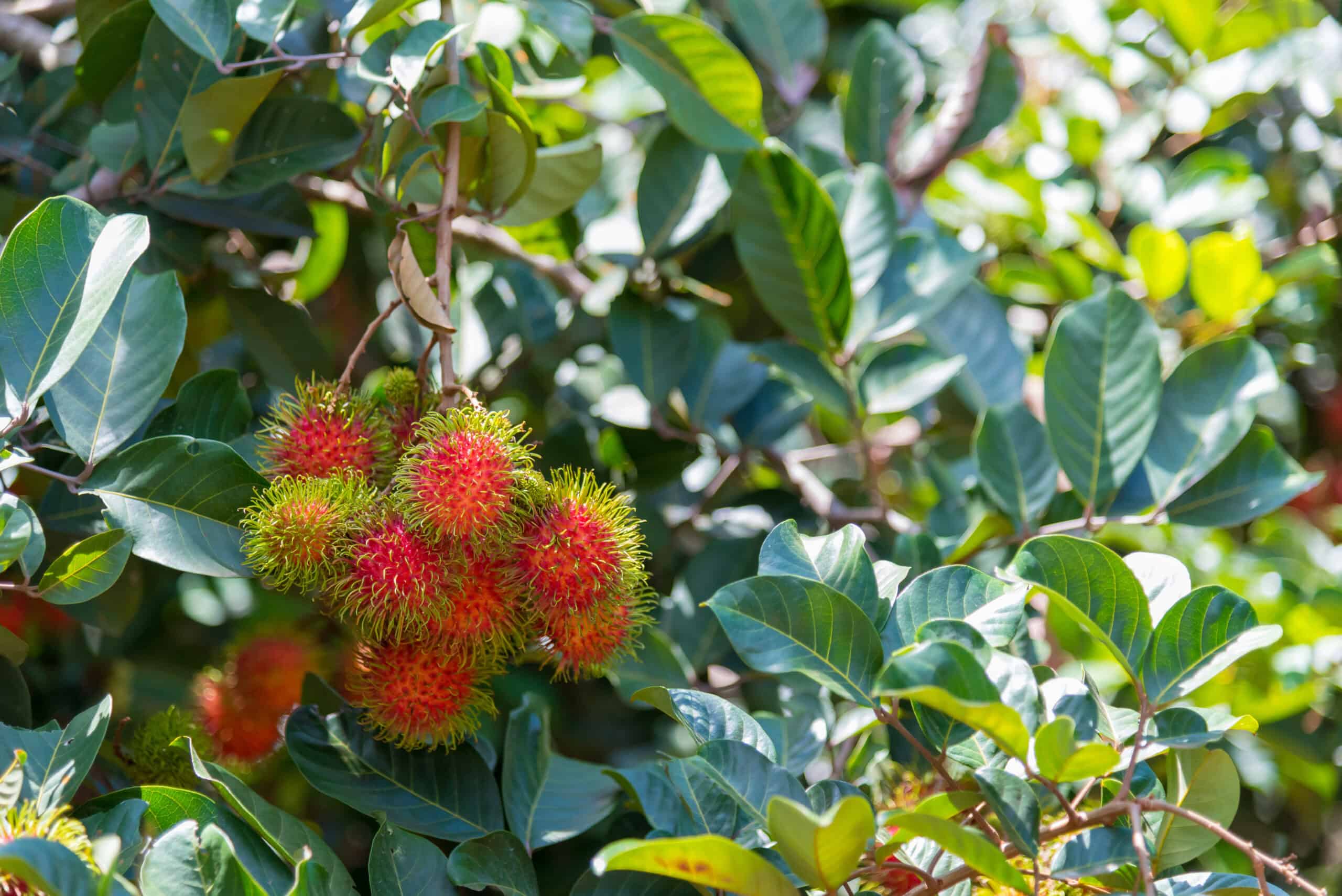
Rambutan is a tropical fruit with a spiky, red outer shell and sweet, juicy flesh inside. Its flavor is similar to lychee, but slightly less floral. Rambutan trees thrive in hot, humid climates with plenty of water. Growing them at home requires patience, as they can take several years to produce fruit, but the vibrant, exotic appearance is worth the effort.
Pitanga (Surinam Cherry)
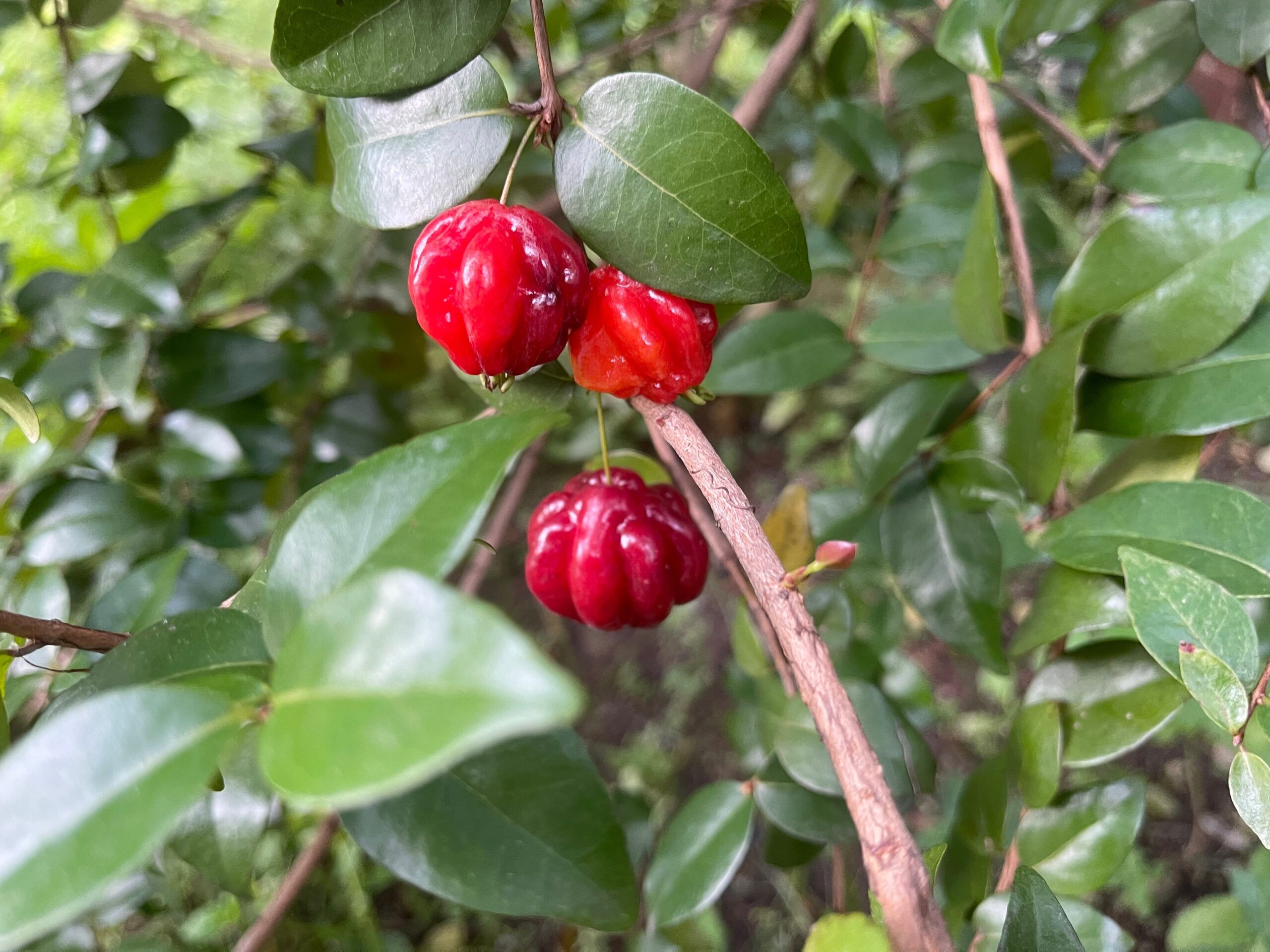
Pitanga, or Surinam cherry, is a small fruit with a ribbed, bright red appearance. The taste is a mix of sweet and tart, often used in jellies, juices, or eaten fresh. These bushes are hardy and can tolerate both drought and flooding. They grow well in warm climates and can produce fruit multiple times a year, making them a prolific choice for home gardens.
Jujube
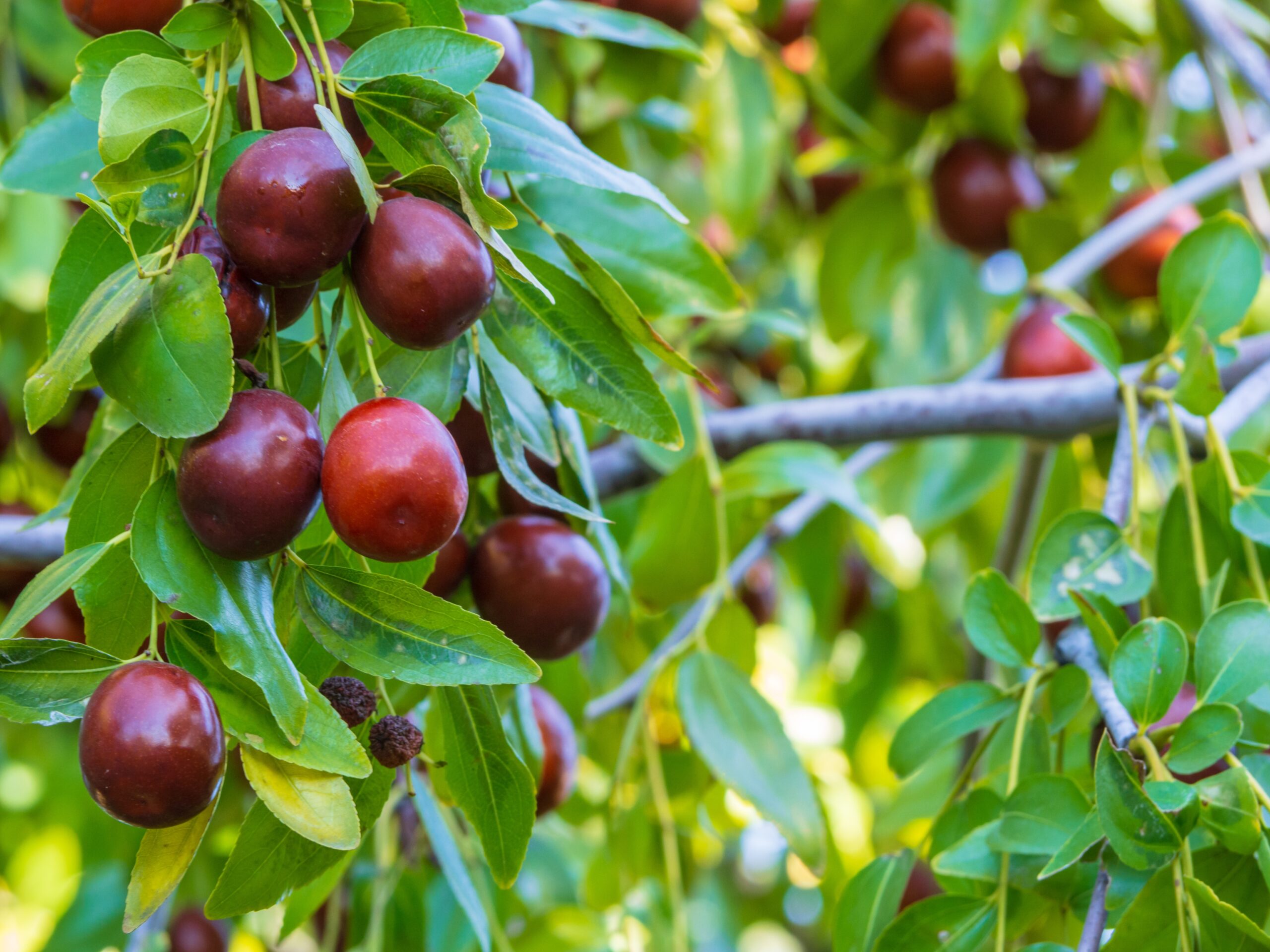
Jujube, also known as Chinese date, produces small, oval fruits that can be eaten fresh or dried. The taste ranges from sweet to mildly tart, depending on ripeness. Jujube trees are highly drought-tolerant and can grow in a wide range of soils. They are relatively low-maintenance and can begin bearing fruit after a few years, offering a versatile snack from your garden.
Kaffir Lime
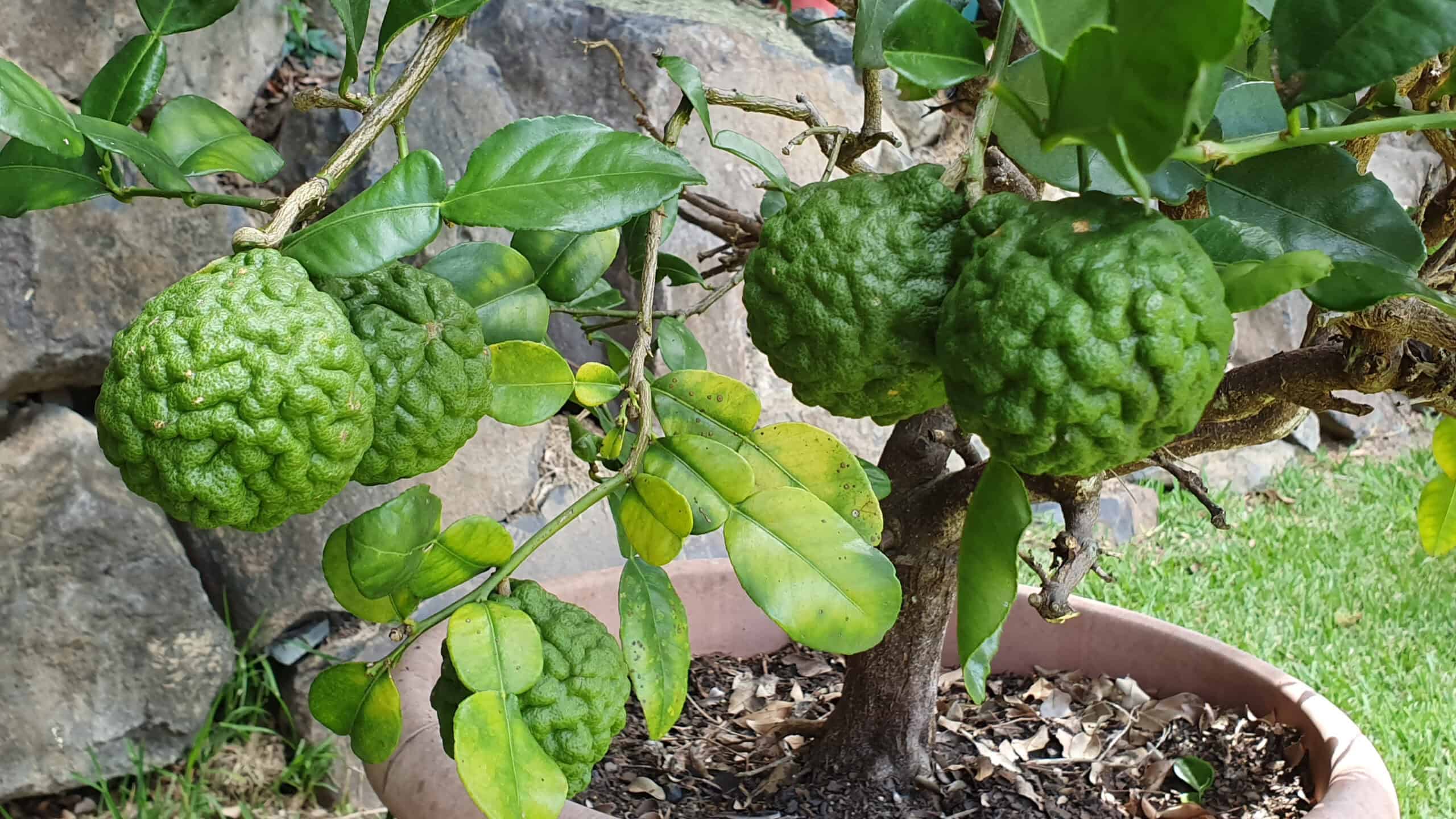
Kaffir limes are known for their bumpy, green skin and aromatic leaves, both of which are used in cooking. The fruit has a very strong, tangy flavor, often too sour to eat fresh but ideal for zesting or flavoring dishes. These trees do well in warm climates and need plenty of sunlight. They are perfect for home gardeners looking to add a unique citrus twist to their culinary creations.
This article originally appeared on Rarest.org.
More from Rarest.org
12 Most Expensive Tropical Plants for Greenhouses
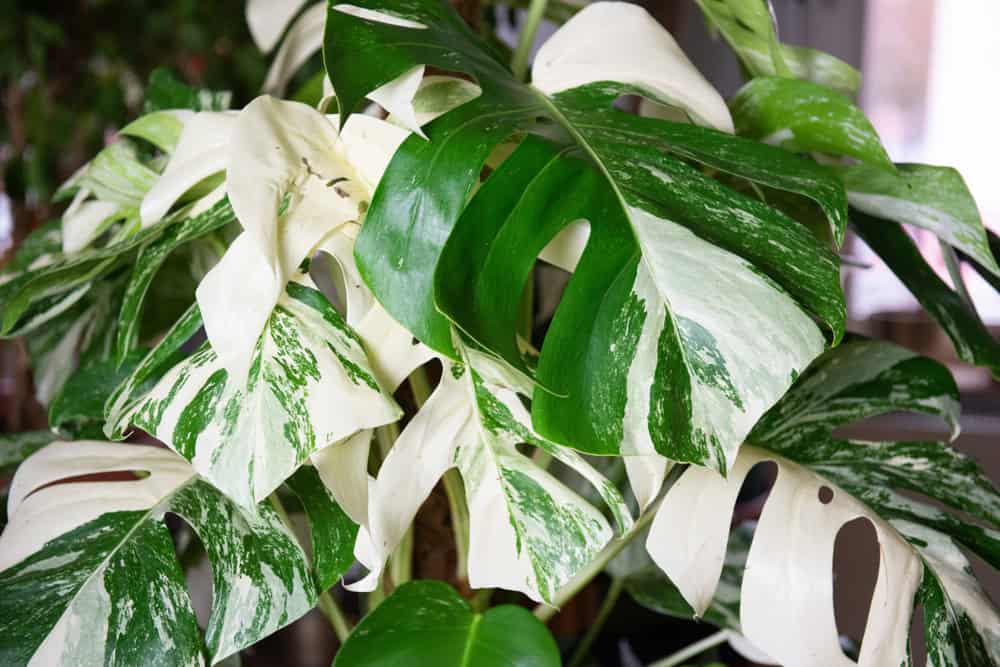
If you’re looking to add a touch of exotic beauty and luxury to your greenhouse, tropical plants are a fantastic choice. Read More.
9 Most Fascinating Space Discoveries

The universe is full of mysteries waiting to be uncovered, and recent advancements in technology and research have led to some of the most fascinating space discoveries ever made. Read More.
20 Vibrant Tropical Plants That Bring the Rainforest Indoors
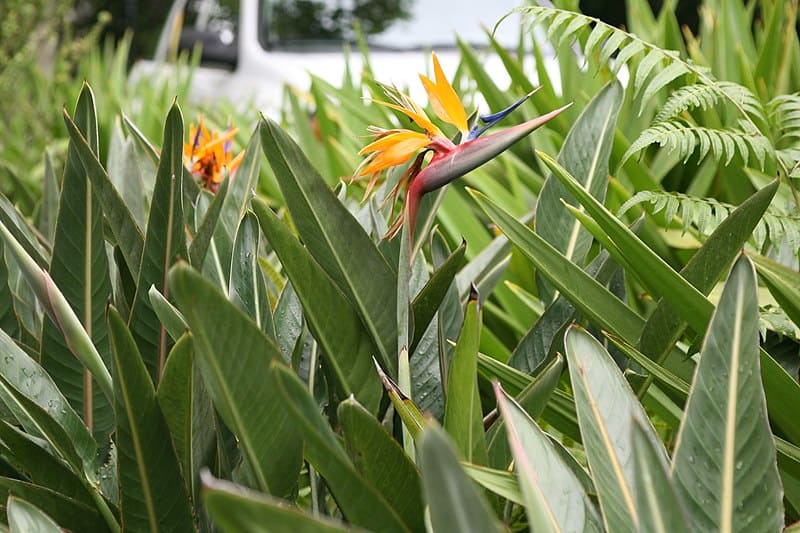
Transforming your home into a lush, vibrant oasis is easier than you might think with the right selection of tropical plants. Read More.
